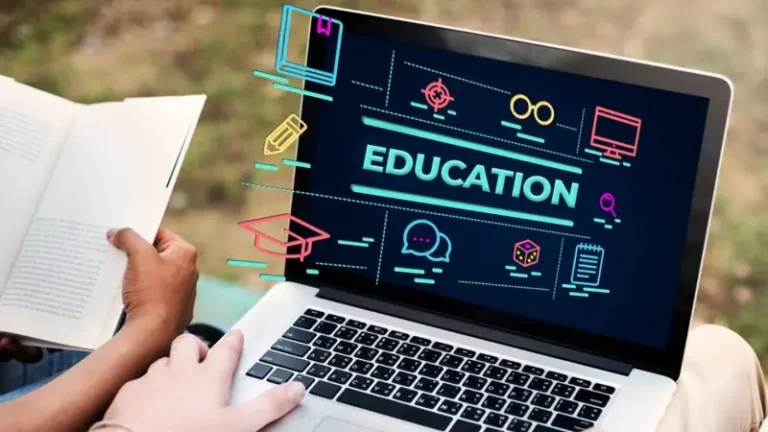Web-based educational tools are transforming the landscape of learning. From AI-driven personalized learning platforms to interactive virtual classrooms, technology is shaping the future of education. To learn more about a master’s in education, you can explore various advanced degree options to help educators harness these technologies effectively.
Educators are bridging the gap between traditional and modern educational paradigms by integrating digital tools and enhancing teaching and learning experiences. Comprehending the significance and progressions of these instruments can provide significant perspectives on forthcoming patterns and the best ways to adjust to these technological shifts. Both students and educators must continuously evolve to maximize the benefits digital tools bring to the educational landscape.
The Importance of Digital Tools in Modern Education
Digital tools in education have redefined how students and teachers interact. Tools like Ecampus News emphasize technology’s role in enhancing educational outcomes. These tools offer personalized learning experiences, immediate information access, and new interactive participation methods. For instance, digital textbooks and online resources have replaced traditional textbooks, making information more accessible.
Moreover, platforms incorporating elements like videos, quizzes, and interactive exercises help maintain student engagement and make learning more dynamic. Digital tools are not just supplements but have become essential to the modern education system, ensuring students are better prepared for a digital world.
Advancements in Educational Technologies
Recent educational advancements include AI-driven learning platforms, virtual reality classrooms, and blockchain for secure credentialing. AI-driven platforms adapt to students’ learning styles, offering tailored exercises and lessons. VR allows William Paterson University students to immerse themselves in interactive learning environments, benefiting subjects like history, science, and geography.
Blockchain technology ensures authenticity and reduces fraud by securely storing and verifying academic credentials. These technologies streamline administrative processes, enhance student engagement, and support personalized learning, paving the way for the next generation of learning environments.
Benefits for Both Students and Teachers
Digital tools provide students with flexible, accessible, and engaging learning opportunities, allowing them to access coursework from anywhere and interact with multimedia content. Educators can use data analytics to monitor student progress and identify areas for improvement.
Digital grading systems and student management technologies streamline administrative tasks, allowing teachers to focus on instruction. Interactive tools like quizzes and tutorials provide instant feedback, and teachers can create inclusive learning environments by catering to different learning styles and needs.
Challenges in Integrating Digital Tools
Integrating digital tools into classrooms presents challenges such as budget constraints, lack of teacher training, and resistance to change. Schools should invest in professional development, infrastructure, workshops, and training sessions to overcome these.
A culture of creativity and cooperation between educators and learners can also facilitate the transition to a more effective, digitally enhanced learning environment. This will lead to a more seamless and effective learning environment.
Future Trends to Watch
The future of education technology is promising, with trends like gamification, adaptive learning systems, and mobile learning expected to play significant roles. Gamification enhances interactive learning environments with achievements, leaderboards, and awards. Adaptive learning systems use data analytics to personalize learning experiences and address individual needs.
Mobile learning allows students to access instructional materials anytime, anywhere, supporting lifelong learning and remote areas. Teachers can stay updated on these trends to incorporate the best resources into their lesson plans.
How Teachers Can Adapt to Technological Changes
Teachers must adapt proactively to technological changes through continuous professional development, collaboration with tech-savvy colleagues, and participation in workshops, online courses, and webinars. Engaging in peer-to-peer learning communities provides valuable insights.
Experimenting with new tools and seeking feedback from students and peers can help teachers find effective classroom methods. A lifelong learning mindset can enhance educational outcomes. Visit World Fame Magazine for more details.
